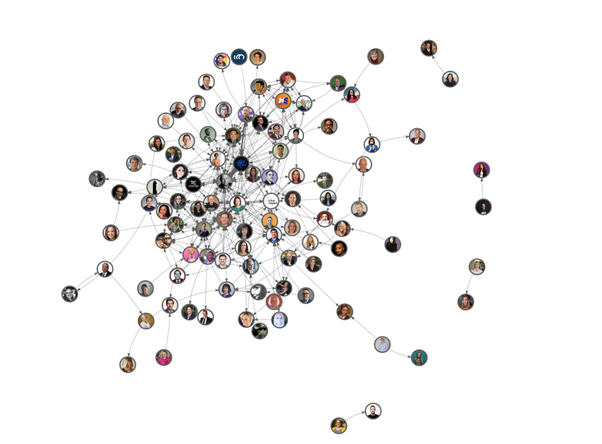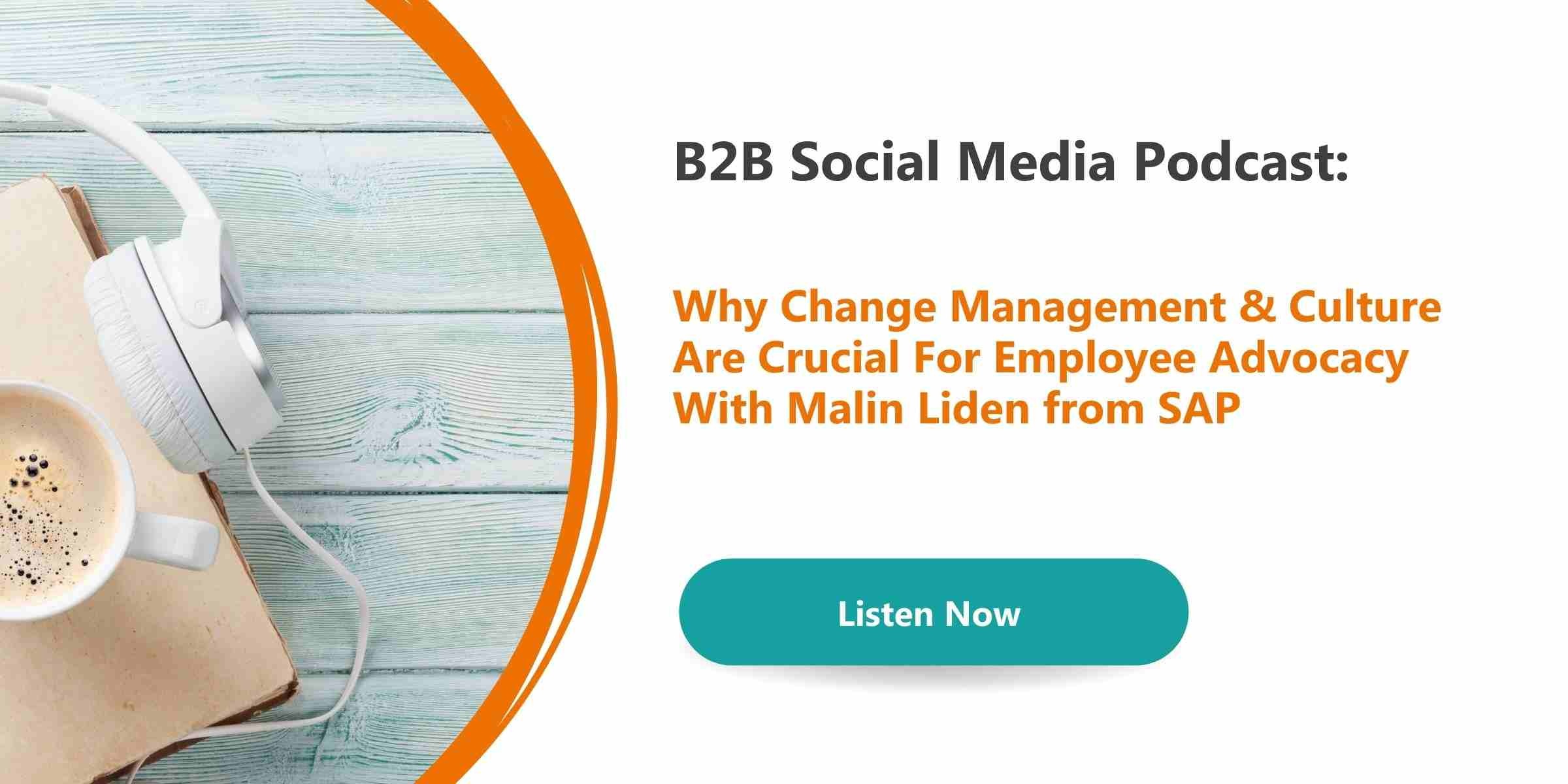
There’s no single metric that will tell you if your employee advocacy programme is successful.
Instead, it’s about what each department’s goals are, and how your advocacy programme has helped with that.
At its simplest, the goal of employee advocacy is to grow the business. But that’s also the goal of almost everything else the business does.
To track if it’s truly successful, you need to consider what each department’s goals are and how their results have changed since implementing the programme, or as the programme has scaled.
Different Departments, Different Goals
Every department gets involved in an advocacy programme for a slightly different reason.
While sales and marketing teams want more leads and sales, HR will be more interested in attracting top talent and looking for how to streamline their hiring process.
Internal experts, on the other hand, will be in search of knowledge and ways to become thought leaders within the industry. They may also use it for research purposes, keeping on top of industry trends, the latest studies, and other information that could inform the product or service going forwards.
So, when looking to measure these things, and communicating the success of your employee advocacy programme, you need to be mindful of how each department differs.
Something For Everyone
There are some metrics which are relevant to everyone, such as:
- How has their follower count improved since they joined the programme?
- What’s their engagement rate? Has it gone up/down?
- How much traffic are they driving to the company website?
Onalytica’s Network Map will also give you more data that makes it easier for executives to understand.

You can also take a look at how your competitors are a part of the discuss. What are people saying about them? What are they saying about the industry?
Qualitative Over Quantitative
Some success stories you can’t put into numbers. That doesn’t mean the programme is unsuccessful, though. Or that those success stories aren’t worth paying attention to.
Some social media activity, discussions, or results can’t be tracked by tools, and may not be quantifiable, but they can still have a positive or negative impact on the business. This phenomenon is called dark social.
Think of things like word of mouth – how can you track when someone mentions your company in a conversation? You can’t put a number on it, but it’s one of the most powerful recommendations there is.
Make sure employees write down these anecdotal success stories, as they’ll help to show just how impactful the programme is.
Often, you need to foster a culture of sharing these social media success stories within the company.
For instance, you might post content related to your ICP that they might not engage with. So, you think it’s a failure.
But then, when the ICP sends you a DM and they mention that they’ve seen your ICP content. That’s the power of dark social.
To get more information on your dark social metrics, when someone fills in a contact form, joins your mailing list, or becomes a customer, you can ask questions like, “Where did you hear about us?” or “What made you contact us today?” That will help you to find out if people are seeing your social media activity. Our suggestion is to use a mandatory free text form field because it lets the person honestly say where they heard from you. If you use a drop-down list, they will just select a random one to submit the form as quick as possible.
You could also track what types of questions prospects are asking when they get in touch. Are they the same? Are they coming to you at a higher stage of awareness with more complex questions, instead of simple FAQs they previously could not find answers for? That is another qualitative sign your programme is working.
Conclusion
Everyone within the business will measure the success of your advocacy programme differently.
Even among metrics like follower counts and engagement rates, different numbers will matter to different people.
If someone went from 0 to 100 followers, that’s a 100% increase. But if they went from 1000 to 1500, that’s only a 50% increase. So, comparing the percentages at face value isn’t enough.
You also have to look at the story behind those metrics and how your advocacy programme is affecting the business. Are there more buyers in the pipeline? Has the process changed or sped up? What types of questions are people coming to you with, compared to before the programme began? Are we attracting and retaining talent?
Also consider how it’s helping each department achieve their goals. Are they getting there faster? Are their processes more efficient? All these things add up to help you measure the success of your employee advocacy programme and plan how to proceed in the future.
